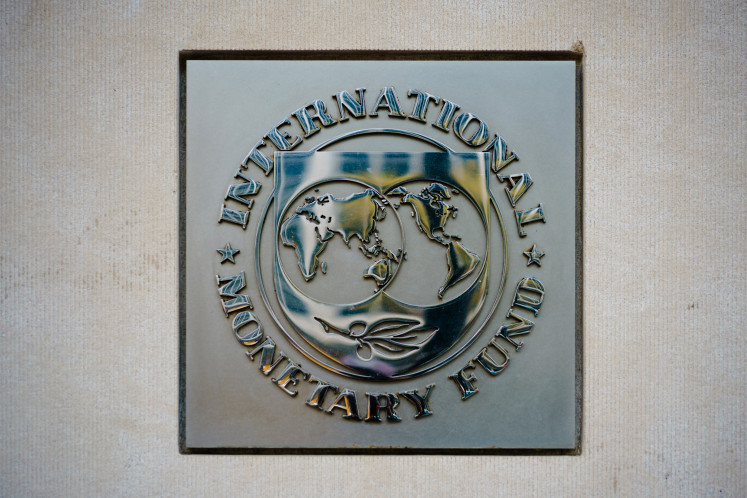Popular Reads
Top Results
Can't find what you're looking for?
View all search resultsPopular Reads
Top Results
Can't find what you're looking for?
View all search resultsDBS Reveals Top Investment Strategies for Q4 2025
Change text size
Gift Premium Articles
to Anyone
T
he bullish rally has arrived. From technology stocks to gold and cryptocurrencies, various risk assets are experiencing a remarkable upward trend in 2025 that is expected to continue well into 2026. However, this massive upward trend and investor optimism remains fragile.
According to Bank DBS Chief Investment Officer Hou Wey Fook, the top 10 companies, primarily in the technology sector, now account for 38 percent of the total value of the S&P 500 and their substantial investments in artificial intelligence may not deliver the expected returns, which could potentially trigger a market correction.
In addition, the S&P 500's forward price-to-earnings (P/E) ratio is approaching historically extreme levels while projected earnings estimates remain stagnant. Simultaneously, earnings growth momentum is starting to slow outside of Big Tech, and the impact of tariffs is also expected to pressure profit margins and lead to downward revisions going forward.
“The probability of further sharp gains in risk assets remains high, given a combination of three factors: the Fed's monetary easing, ideal macroeconomic conditions (Goldilocks economy) and a boost in AI-related capital investment. However, we recognize that this rally is occurring amidst policy uncertainty and prevailing fiscal concerns,” said Hou.
“With investors caught between two difficult choices, our strategy for investors is to capitalize on this rally while protecting portfolio downside through diversification,” he added.
To that end, Hou advises that bonds remain the preferred choice across assets in the fourth quarter (Q4) of 2025 due to their attractive yields and defensive nature.
Caution must still be maintained on very long-term bonds, however, due to persistent inflationary pressures and concerns about the United States Federal Reserve's credibility amid interest rate cuts. Instead, investment-grade corporate credits are preferable over government bonds as American companies benefit from tax cuts while government bonds face fiscal challenges.
In terms of stocks, Hou recommends increasing exposure to US and Asian technology stocks excluding Japan (AxJ) while shifting US stocks to neutral, as the AxJ region offers attractive valuations and benefits from a weaker US dollar, with earnings growth expected to outpace emerging markets.
At the same time, quantitative analysis shows that a mixed portfolio consisting of semiliquid private assets and a hedge fund strategy outperforms both a pure stock portfolio and a traditional 60/40 portfolio over a 10-year period. The findings underline Bank DBS’s recommendation to increase the portion of real assets, such as private infrastructure and gold.
“Infrastructure offers long-term cash flow protection from inflation, particularly in sectors like utilities. Meanwhile, the rise in gold prices reflects investor concerns about geopolitical instability, the credibility of the Fed and the de-dollarization trend,” Hou said.
He added that Bank DBS estimates gold prices could reach US$4,450 per ounce in the first half of 2026.
















